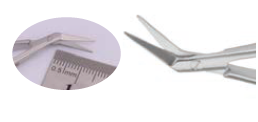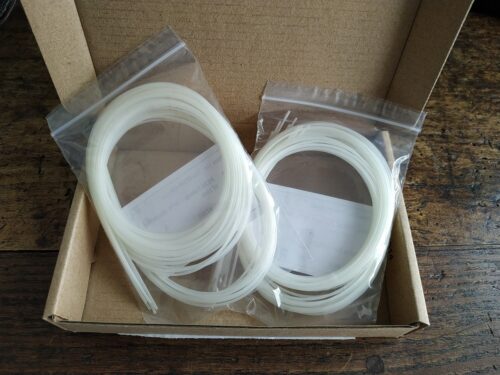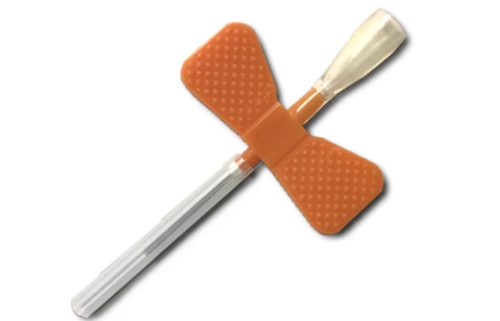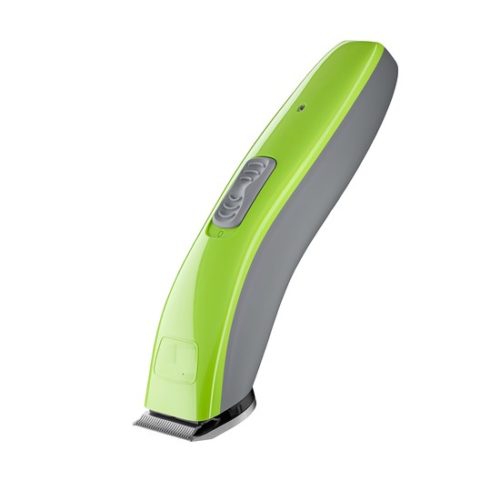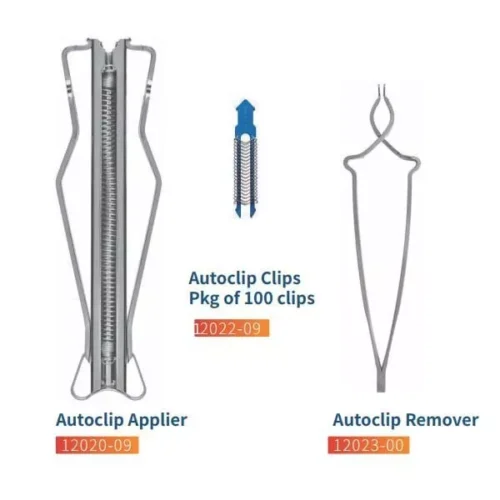Publications
« Construction and Evaluation of a Murine Calvarial Osteolysis Model by Exposure to CoCrMo Particles in Aseptic Loosening
Hui Jiang et al. Jove 2018
Wear particle-induced osteolysis is a major cause of aseptic loosening in arthroplasty failure, but the underlying mechanism remains unclear. Due to long follow-ups necessary for detection and sporadic occurrence, it is challenging to assess the pathogenesis ofparticle-induced osteolysis in clinical cases. Hence, optimal animal models are required for further studies. The murine model of calvarial osteolysis established by exposure to CoCrMo particles is an effective and valid tool for assessing the interactions between particles and various cells in aseptic loosening. In this model, CoCrMo particles were first obtained by high-vacuum three-electrode direct current and resuspended in phosphate-buffered saline at a concentration of 50 mg/mL. Then, 50 µL of the resulting suspension was applied to the middle of the murine calvaria after separation of the cranial periosteum by sharp dissection. After two weeks, the mice were sacrificed, and calvaria specimens were harvested; qualitative and quantitative evaluations were performed by hematoxylin and eosin staining and micro computed tomography. The strengths of this model include procedure simplicity, quantitative evaluation of bone loss, rapidity of osteolysis development, potential use transgenic or knockout models, and a relatively low cost. However, this model cannot to be used to assess the mechanical force and chronic effects of particles in aseptic loosening. Murine calvarial osteolysis model generated by exposure to CoCrMo particles is an ideal tool for assessing the interactions between wear particles and various cells, e.g., macrophages, fibroblasts, osteoblasts and osteoclasts, in aseptic loosening.
In vivo fiber photometry of neural activity in response to optogenetically manipulated inputs in freely moving mice
Liang Li et al; Journal of Innovative Optical Health 2017
In vivo fiber photometry is a powerful technique to analyze the dynamics of population neurons during functional study of neuroscience. Here, we introduced a detailed protocol for fiber photometry-based calcium recording in freely moving mice, covering from virus injection, fiber stub insertion, optogenetical stimulation to data procurement and analysis. Furthermore, we applied this protocol to explore neuronal activity of mice lateral-posterior (LP) thalamic nucleus in response to optogenetical stimulation of primary visual cortex (V1) neurons, and explore axon clusters activity of optogenetically evoked V1 neurons. Final confirmation of virus-based protein expression in V1 and precise fiber insertion indicated that the surgery procedure of this protocol is reliable for functional calcium recording. The scripts for data analysis and some tips in our protocol are provided in details. Together, this protocol is simple, low-cost, and effective for neuronal activity detection by fiber photometry, which will help neuroscience researchers to carry out functional and behavioral study in vivo.
Enregistrement de la plasticité synaptique dans des tranches d’hippocampe aiguës maintenues dans un petit volume recyclage – Perfusion- et système de chambre de Submersion-type
Weiguang Weng et al. Jove 2018
Même si les expériences sur des tranches de cerveau ont été utilisés depuis 1951, des problèmes subsistent qui réduisent la probabilité de réaliser une analyse stable et réussie de la modulation de la transmission synaptique lors d’enregistrements intracellulaires ou potentiel sur le terrain. Cette vidéo décrit des aspects méthodologiques qui peuvent être utiles à l’amélioration des conditions expérimentales pour l’entretien des tranches de cerveau aiguë et d’enregistrement des potentiels postsynaptiques excitateurs de champ dans une chambre d’immersion du commerce avec une unité de sortie-carbogenation. La sortie-carbogenation aide à stabiliser le niveau d’oxygène dans les expériences qui s’appuient sur le recyclage d’un réservoir tampon petit pour améliorer le rapport coût-efficacité des expériences de la drogue. En outre, la vidéo présente des expériences représentatives qui examinent les effets de différents modes de carbogenation et paradigmes de la stimulation sur l’activité dépendante de la plasticité synaptique de la transmission synaptique.
Modulation of fatty acid metabolism is involved in the alleviation of isoproterenol-induced rat heart failure by fenofibrate
Ping Li et al. Molecular Medicine Reports 2015
Heart failure is a disease predominantly caused by an energy metabolic disorder in cardiomyocytes. The present study investigated the inhibitory effects of fenofibrate (FF) on isoproterenol (ISO) induced hear failure in rats, and examined the underlying mechanisms. The rats were divided into CON, ISO (HF model), FF and FF+ISO (HF animals pretreated with FF) groups. The cardiac structure and function of the rats were assessed, and contents of free fatty acids and glucose metabolic products were determined. In addition, myocardial cells were isolated from neonatal rats and used in vitro to investigate the mechanisms by which FF relieves heart failure. Western blot analysis was performed to quantify the expression levels of peroxisome proliferator activated receptor (PPAR)α and uncoupling protein 2 (UCP2). FF effectively alleviated the ISO induced cardiac structural damage, functional decline, and fatty acid and carbohydrate metabolic abnormalities. Compared with the ISO group, the serum levels of brain natriuretic peptide (BNP), free fatty acids, lactic acid and pyruvic acid were decreased in the FF animals. In the cultured myocardial cells, lactic acid and pyruvic acid contents were lower in the supernatants obtained from the FF animals, with lower levels of mitochondrial ROS production and cell necrosis, compared with the ISO group, whereas PPARα upregulation and UCP2 downregulation occurred in the FF+ISO group. The results demonstrated that FF efficiently alleviated heart failure in the ISO induced rat model, possibly via promoting fatty acid oxidation.
Isolation and Purification of Schwann Cells from Spinal Nerves of Neonatal Rat
Jinkun Wen et al. bio-protocol 2017
Primary cultured Schwann cells (SCs) are widely used in the investigation of the biology of SC and are important seed cells for neural tissue engineering. Here, we describe a novel protocol for harvesting primary cultured SCs from neonatal Sprague-Dawley (SD) rats. In the present protocol, dissociated SCs are isolated from the spinal nerves of neonatal rats and purified by the treatment of cytosine arabinoside (AraC). »



